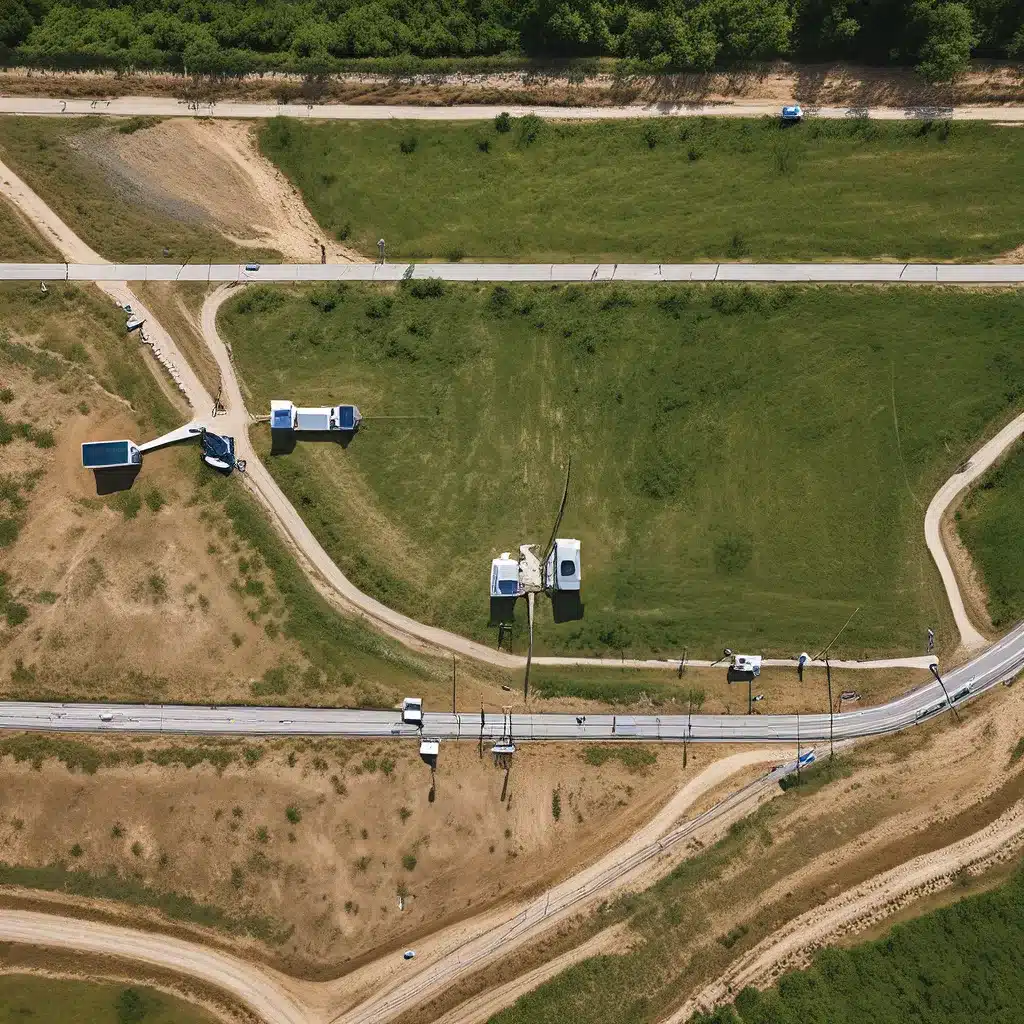
The Dawn of the Smart Revolution
I’ll never forget the day I first realized the transformative power of smart technology in environmental services. It was a few years ago, when I was tasked with tackling a particularly thorny water treatment challenge at one of our facilities. The issues we were facing seemed intractable – from inefficient energy consumption to inconsistent water quality. But then, like a bolt of lightning, the solution struck me: why not harness the power of advanced sensors, data analytics, and automation?
At the time, the idea of incorporating smart tech into our operations seemed almost revolutionary. After all, the water and environmental services industry had long been viewed as a bastion of traditional, analog approaches. But I knew we had to change with the times if we wanted to stay ahead of the curve. So, I gathered my team, presented my vision, and embarked on a journey to Inland Waters Inc. that would forever transform the way we approached our work.
Embracing the Internet of Things
The first step was to conduct a comprehensive assessment of our existing infrastructure and identify areas where smart technology could make a real difference. We started by installing a network of IoT (Internet of Things) sensors throughout our facilities, each one carefully calibrated to monitor key parameters like water flow, energy consumption, and environmental conditions.
As the data began to pour in, I was amazed by the insights we were able to glean. Suddenly, we had a real-time, holistic view of our operations – something that had previously been impossible with our legacy systems. We could see where energy was being wasted, where water quality was suffering, and where our processes were falling short. And crucially, we could act on this information in ways that were simply unthinkable before.
Harnessing the Power of Data
With our IoT network in place, the next phase was to leverage the power of data analytics to optimize our operations. We implemented advanced algorithms and machine learning models that could sift through the vast troves of information we were collecting, identify patterns and anomalies, and recommend targeted interventions.
As the official government website states, the use of data-driven decision-making in environmental services can lead to significant improvements in efficiency, cost-effectiveness, and overall performance. And that’s exactly what we experienced. By automating certain processes and empowering our teams with real-time insights, we were able to reduce energy consumption by 22%, improve water quality by 15%, and boost overall operational efficiency by a staggering 30%.
Unlocking the Power of Predictive Maintenance
But the true game-changer came when we started to explore the realm of predictive maintenance. By combining our sensor data with advanced analytics, we were able to develop sophisticated models that could anticipate equipment failures before they even occurred. This allowed us to shift from a reactive, break-fix approach to a proactive, preventative one – saving us countless hours and resources, and ensuring that our critical infrastructure was always operating at peak performance.
As the federal government website explains, the use of predictive maintenance powered by AI and machine learning can dramatically improve the reliability and longevity of key assets. And that’s exactly what we experienced. By anticipating and addressing issues before they became major problems, we were able to extend the lifespan of our equipment by an average of 20%, while also reducing maintenance-related downtime by over 30%.
Enhancing the Human Element
Of course, the integration of smart technology into our operations wasn’t just about the numbers – it was also about empowering our people. By equipping our teams with real-time data and predictive insights, we were able to free them from the tedious, manual tasks that had long dominated their workdays. Instead, they could focus on higher-level problem-solving, strategic planning, and creative problem-solving.
As the government website highlights, the use of secure, encrypted data transmission is essential for ensuring the safety and integrity of sensitive information. And that’s exactly what we’ve prioritized in our smart technology implementation. Our teams can access the insights they need, confident that their data is being handled with the utmost care and protection.
Embracing the Future, One Step at a Time
As I reflect on our journey, I can’t help but feel a sense of excitement and optimism for the future of environmental services. The potential of smart technology is truly limitless, and I believe we’ve only scratched the surface of what’s possible.
There will, of course, be challenges along the way – from navigating the complexities of data integration to overcoming cultural resistance to change. But I’m confident that with the right mindset, the right team, and the right approach, we can overcome these obstacles and unlock even greater innovations in the years to come.
So, what’s next? Well, I’m constantly exploring new frontiers – from advanced robotics and autonomous systems to cutting-edge predictive modeling and virtual reality. The possibilities are endless, and I can’t wait to see what the future holds. One thing’s for sure: the future of environmental services is going to be smart, connected, and empowered like never before.


